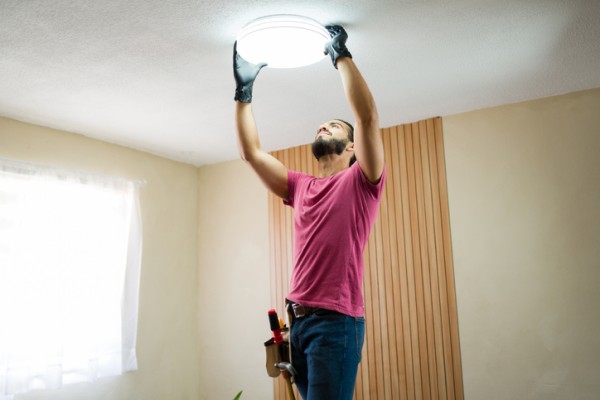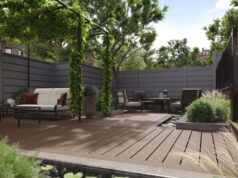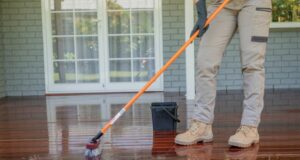
Lighting plays a crucial role in both the functionality and comfort of your home. But even the most energy-efficient lights won’t perform well — or safely — if they’re not properly maintained. Dusty fittings, flickering globes and worn-out switches don’t just affect visibility. They can also lead to higher energy costs and potential safety hazards.
Whether you’ve got classic batten holders, recessed LED downlights or older fluorescent fittings, regular maintenance can extend the life of your lighting and help prevent electrical issues down the line.
Why lighting maintenance matters
Lighting is often a set-and-forget part of your home, but over time, fittings can degrade, dirt can build up and connections can wear out. Without regular maintenance, you risk:
- Reduced brightness and light quality
- Increased energy use as bulbs struggle to perform
- Flickering, buzzing or shorting
- Potential fire hazards, especially around older fittings and halogens
- Electrical faults that could damage circuits or appliances
Basic upkeep can help you avoid bigger, more expensive problems — and keep your home safe and well-lit.
General maintenance checklist
Here are the key tasks homeowners should regularly carry out:
1. Clean your light fittings
Dust and grime on globes or covers can reduce light output dramatically. Wipe down fixtures with a dry or slightly damp cloth (not while switched on or hot), and clean diffusers or covers where accessible. For detailed tips, check how to clean light switches and fittings.
2. Check for flickering or buzzing
Flickering can be caused by loose connections, incompatible dimmers, or ageing fittings — especially with old halogens or fluorescents. Buzzing is often a sign of a failing ballast or transformer. Persistent issues should be inspected by a licensed electrician.
3. Replace blown or fading globes
Don’t wait until a bulb completely dies. If it’s flickering, slow to start or producing weak light, replace it. For best results, choose quality LED lighting products that match your fixture type.
4. Inspect fittings and mounts
Look for cracks, heat damage, corrosion or signs of moisture. Older fluorescent light mounts and downlight holders are especially prone to wear and tear. Replace damaged components promptly to avoid hazards.
5. Review your lighting setup
While you’re at it, it’s worth considering whether your lighting is still fit for purpose. Do you need brighter task lighting? Are your globes too cool or too warm in tone? An annual review of how your lighting functions in each room can help optimise comfort and efficiency.
Specific maintenance tips by lighting type
LEDs
Low maintenance, long life — but still need occasional cleaning. Some integrated fittings may need to be replaced in full when they fail, so keep an eye on performance over time.
Halogen downlights
These can pose a fire hazard if not properly insulated or ventilated. Check that heat can escape, and consider upgrading to IC-rated LED downlights that are safer and cooler to run.
Fluorescent lights
Flickering or slow-starting tubes may need a new starter or ballast. Old fittings may also hum or overheat. If you’re replacing globes, make sure to recycle them safely, as they contain mercury.
Exterior lights
Outdoor fittings need special care — clean off spider webs, mud or salt buildup, and check for water ingress or rust. Replace seals or upgrade to weatherproof fittings if needed.
When to call a licensed electrician
There are limits to what you can do yourself. You’ll need a licensed professional if you’re:
- Replacing a light fitting or rewiring a connection
- Installing dimmer switches or automation controls
- Diagnosing flickering that isn’t globe-related
- Working with fluorescent fittings that require ballast bypass for LED upgrades
- Investigating unusual heat, sparks or burning smells
Any work beyond cleaning and globe replacement should always be left to a qualified electrician — it’s both illegal and unsafe to DIY electrical work in Australia.
Extend the life of your lighting
With a bit of attention every few months, you can dramatically improve the performance, safety and lifespan of your lights. A few final tips:
- Always use globes with the correct wattage and voltage rating for the fitting
- Opt for quality LED products with Australian certification
- Replace halogens or old fluorescents as part of a staged lighting upgrade
- Keep a small lighting maintenance kit handy — spare globes, a clean cloth, a step stool and gloves
Keep your lighting working smarter
A well-maintained lighting system is brighter, safer and more cost-effective. It also helps your home feel more welcoming, functional and modern. If you’re already on the path to upgrading, or just want to make your current fittings last longer, regular lighting maintenance is an easy win.





